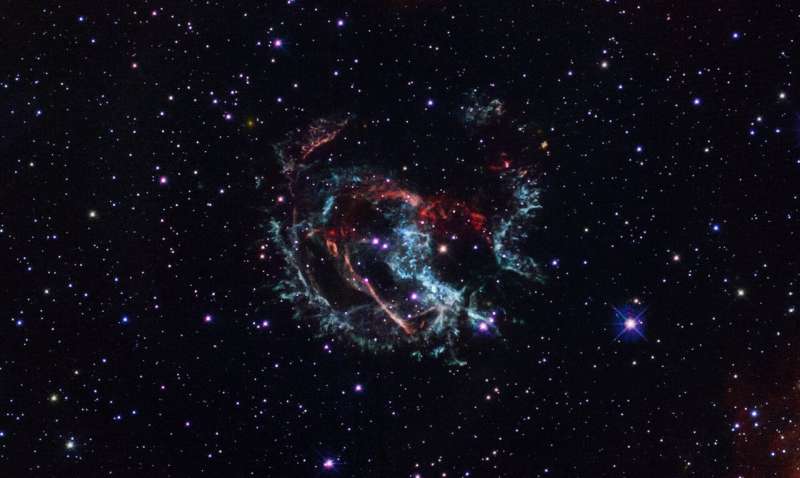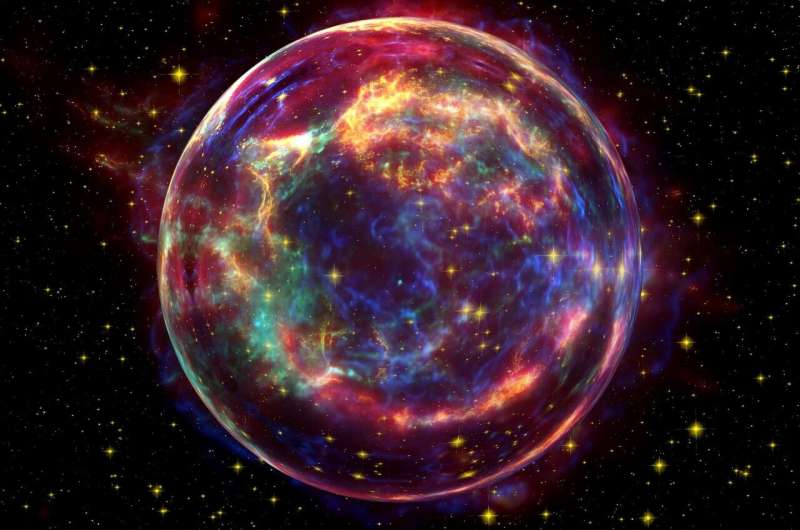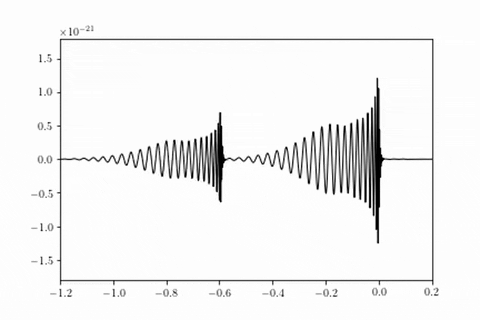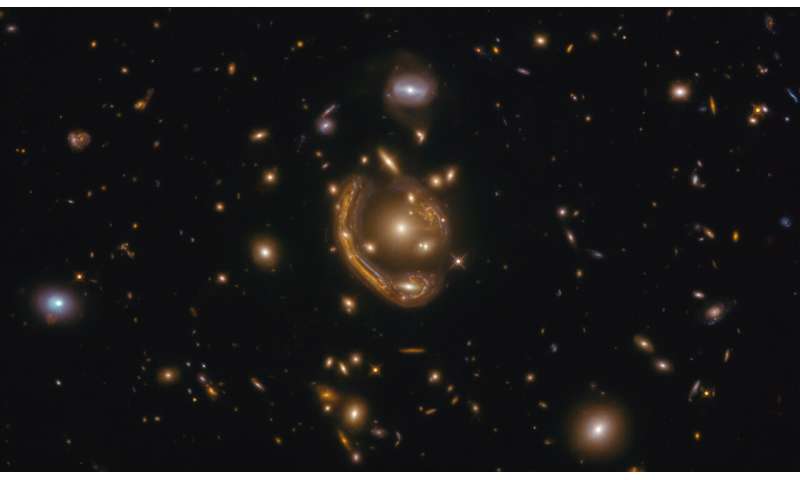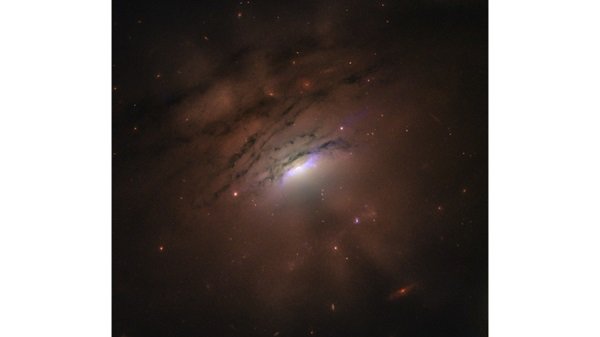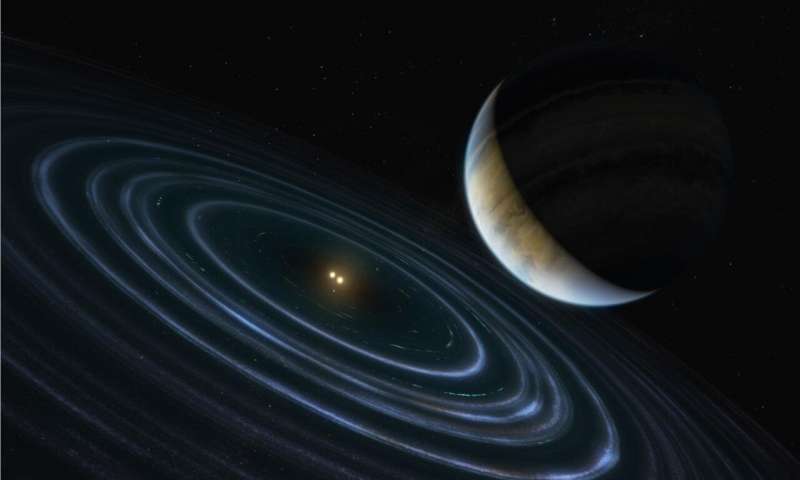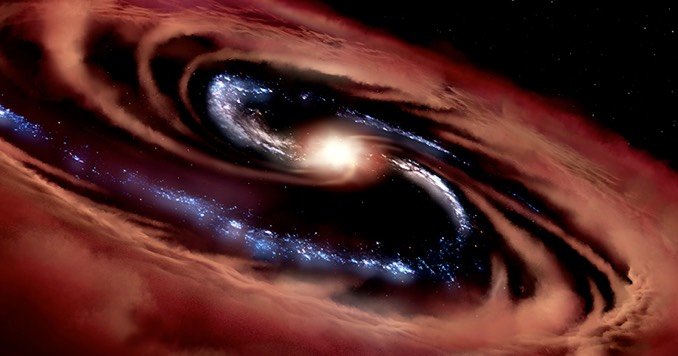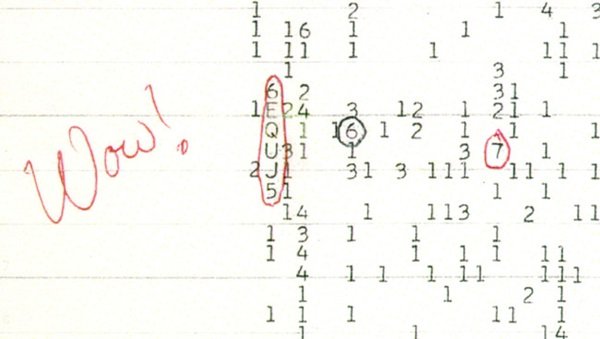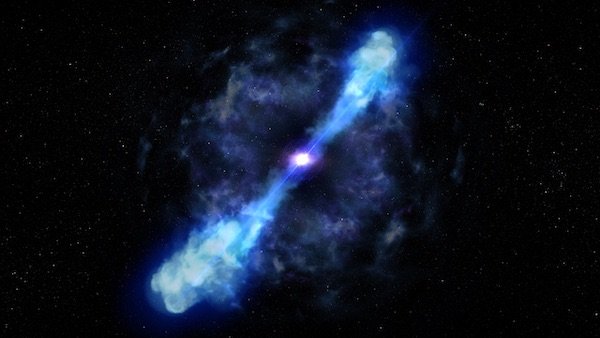Interesting Astronomy & Astrophysics news from the week of 1/10/2021
Next Week’s Night Sky: Wednesday is the first quarter moon. The evenings surrounding the first quarter are the best for seeing the lunar terrain when it is dramatically lit by low-angle sunlight. Planet Nine An exoplanet circling two stars 336 light-years away may provide clues about where a long-sought world may be hiding in our own solar system. This strange exoplanet, HD106906 b, was first discovered in 2013 with the Magellan Telescopes at the Las Campanas Observatory in Chile’s Atacama Desert. But in order to determine its […]
Read more